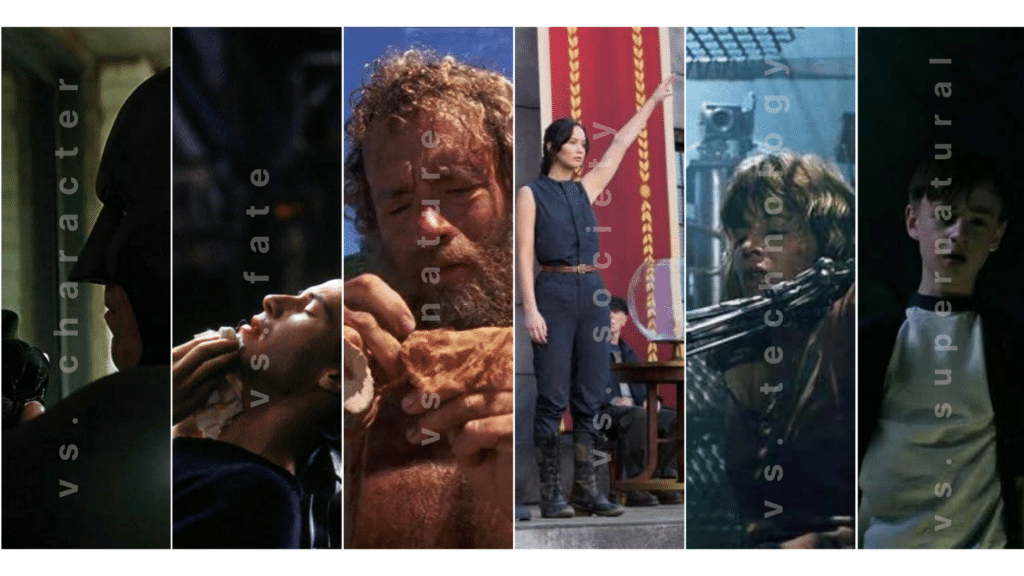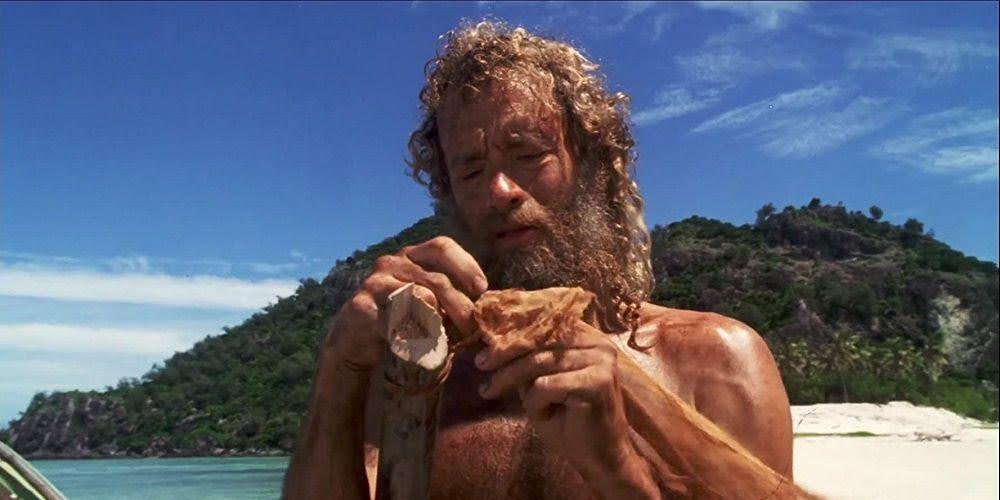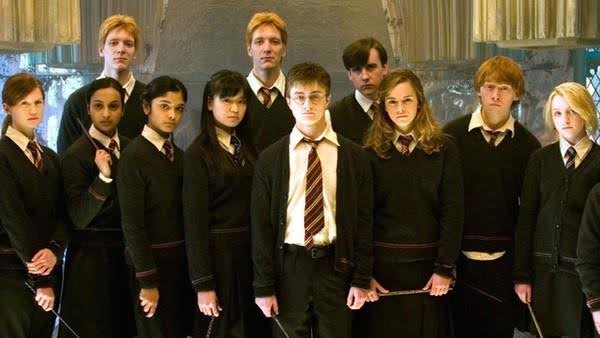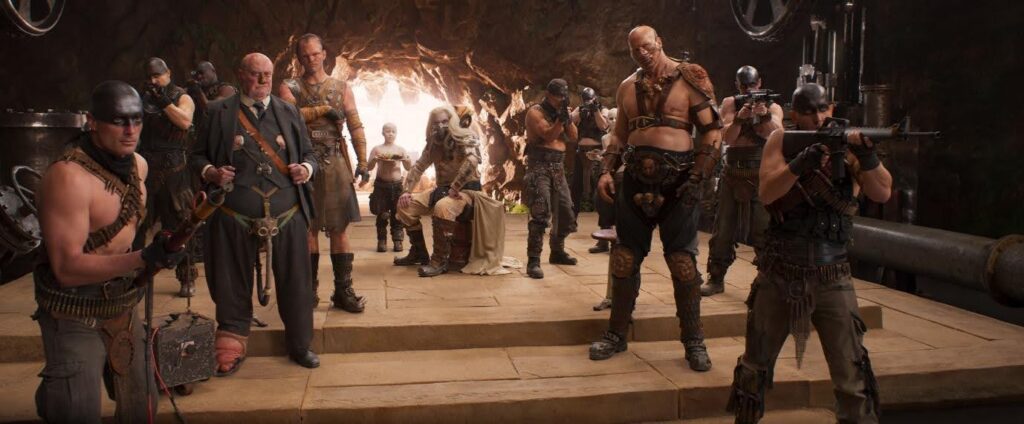
It doesn’t matter what type of story you’re telling; conflict should be at the heart of it. Conflict drives a story forward, keeping an audience engaged and creating emotional investment in your characters and their journeys.
In cinema, conflict can be divided into two main categories: internal and external. While internal conflict revolves around a character’s psychological struggles, external conflict involves outside forces that create obstacles, tension and drama.
Today, we’ll be diving further into what external conflict is, its types, how to write external conflict and some key examples that you need to know about! Plus, because it’s a Celtx blog, we’ll also throw in some tips on how to effectively write strong external conflict into your next screenplay.
Table of Contents:
- What is External Conflict?
- Types of External Conflict in Films & TV
- Examples of External Conflict in Popular Movies
- How External Conflict Shapes Character Arcs
- How to Write Strong External Conflict in Your Script
- Conclusion
What is External Conflict?
External conflict refers to the struggle between a character and an outside force. This could be another character, society, nature, technology, fate, or even supernatural elements (more on this a little later!)
Unlike internal conflict, which is rooted in a character’s emotions and psychological dilemmas, external conflict is more tangible and often serves as the driving force behind a film’s plot.
For example, in Jaws, the main external conflict arises from Chief Brody’s battle against a man-eating great white shark. The shark represents a life-threatening force that disrupts the peace of Amity Island, creating tension and fear among the townspeople.

Master external conflict in your script with the right tools.
Try Celtx for free and bring your vision to life.
Click here to start writing today!
Types of External Conflict in Film & TV
There are several types of external conflict commonly used in film and television. All these help to create compelling narratives and offer unique challenges for characters to overcome.
- Character vs. Character
- Character vs. Society
- Character vs. Nature
- Character vs. Technology
- Character vs. Supernatural
- Character vs. Fate/destiny
Let’s have a look at each of these in more detail along with some external conflict examples:
1. Character vs. Character
The protagonist faces opposition from another character, often the antagonist. For example, the Joker is the external conflict for Batman in The Dark Knight.

2. Character vs. Society
The protagonist finds themselves battling against societal norms, institutions, or government oppression.
In both the novel and blockbuster movie, Katniss Everdeen works against the oppression of The Capitol in The Hunger Games.

3. Character vs. Nature
Natural forces such as storms, wild animals, or disease stands in the way of the protagonist and their goals.
In The Revenant, it’s Hugh Glass versus the wilderness.

4. Character vs. Technology
The protagonist fights against technological advancements, artificial intelligence, or machinery. An example of character vs. technology would be Sarah Connor against the Terminator in The Terminator.

5. Character vs. Supernatural
Ghosts, demons, mythical creatures, or unexplained phenomena haunt the protagonist who must outwit them to succeed, just like The Losers’ Club who face Pennywise in It.

6. Character vs. Fate/Destiny
When the external conflict is character vs. fate/destiny, the protagonist struggles against a predetermined fate or prophecy.
A great example: Neo faces the ill-fated Matrix in The Matrix.

Need a scriptwriting tool that keeps up with your ideas?
Celtx script writing software makes it easy to plan, write, and refine your screenplay.
Sign up today!
Examples of External Conflict in Popular Movies
How does external conflict play out in some of our favorite movies?
Well, now we’ve broken down the main types of external conflict, let’s look at them in a little more detail.
Case Study #1 | Gladiator (2000)
External Conflict Type
Character vs. Character
How is it used?
In Gladiator, Maximus (played by Russell Crowe) seeks revenge against the corrupt emperor Commodus (played by Joaquin Phoenix), who betrayed and murdered his family.
This external conflict drives the story forward as Maximus rises as a gladiator to challenge Commodus in the Colosseum.

Related Reading: Building Better Characters: What is a Character Profile and How to Use It
Case Study #2 | V for Vendetta (2005)
External Conflict Type
Character vs. Society
How is it used?
V (played by Hugo Weaving) fights against a totalitarian government that oppresses its people. The film showcases a struggle against societal corruption and the fight for freedom and justice.

Case Study #3 | Cast Away (2000)
External Conflict Type
Character vs. Nature.
How is it used?
Tom Hanks’ character Chuck Noland must survive alone on a desert island after a plane crash. His external conflict with nature is evident in his battle against hunger, extreme weather, and isolation.

Cast Study #4 | Ex-Machina (2014)
External Conflict Type
Character vs. Technology
How is it used?
After being invited to evaluate the artificial intelligence of Ava, a highly advanced robot, Caleb (played by Domhnall Gleeson) finds himself being manipulated by her. He turns against Ava’s creator, Nathan, the external conflict exploring the dangers of AI surpassing human control.

Case Study #5 | The Conjuring (2013)
External Conflict Type
Character vs. Supernatural
How is it used?
The Perron family is tormented by an evil spirit in their home, leading to paranormal investigators Ed and Lorraine Warren attempting to expel the supernatural force. A terrifying external conflict is created, the characters battling unseen entities.

Case Study #6 | Oedipus Rex (1967)
External Conflict Type
Character vs. Fate
How is it used?
Based on the ancient Greek tragedy, Oedipus Rex portrays a man’s struggle to escape a tragic prophecy. Despite his efforts, fate remains inescapable, leading to his ultimate downfall.

You may notice from these examples, that certain types of external conflict tend to lend themselves to particular genres, for example, the supernatural for horror movies, and technology in sci-fi movies.
This can be the case, but you can always try something new.
A top tip from Celtx – why not experiment and see what you come up with? With the right planning, of course!
Structure your storytelling, plan your character conflicts, arcs, and resolutions seamlessly with Celtx beat sheets – free templates!
Sign up today
How External Conflict Shapes Character Arcs
External conflict is not just about action and struggle but plays a crucial role in character development. As characters face external challenges, they are forced to change, adapt, and grow, leading to compelling character arcs.
Let’s look at how external conflict affects characters and change their trajectory within the story.
A Catalyst for Change
External struggles push characters out of their comfort zones, forcing them to evolve. Take Frodo in The Lord of the Rings, who starts as an ordinary hobbit, much like his uncle Bilbo. It’s not long before he transforms into a resilient hero as he faces the dangers of Middle Earth and the journey to the fires of Mount Doom in Mordor.

External vs. Internal Growth
External conflicts often mirror a character’s internal struggles, allowing them to overcome personal flaws through external challenges. In Iron Man, Tony Stark’s battle against terrorists and corporate corruption reflects his journey from selfish playboy to selfless hero.

The Hero’s Journey
Many classic hero arcs are shaped by escalating external conflicts that build character strength and resilience. One example of this is in Harry Potter where Harry’s confrontations with Voldemort not only advance the plot but also shape him into a courageous leader.

Take your screenplay from idea to production with Celtx screenwriting software.
How to Write Strong External Conflict in Your Script
It’s common to struggle with writing it, especially if you’re early in your writing journey. Tony DuShane delves a little deeper into how you can combat this in the video below:
As we know, creating compelling external conflict requires careful planning and execution. Here are some ways you can ensure your script effectively incorporates external struggles for your characters.
1. Define the Stakes
Clearly establish what the protagonist stands to lose should they fail to reach their goal. The higher the stakes, the more engaging the conflict becomes.
Take Jurassic Park where the characters must escape an island filled with deadly dinosaurs. Here, the stakes involve life and death. Some will survive – others won’t, and that’s exciting for an audience to watch!

2. Develop a Strong Antagonist
A well-written antagonist enhances the external conflict. They should have their own set of motivations and not simply exist to oppose the protagonist. Just like Killmonger in Black Panther, who has a clear ideology and reasons for challenging T’Challa.
Due to Killmonger having his own goals, it makes for more compelling external conflict between him and T’Challa.

3. Show, Don’t Tell
Use action, dialogue, and visual storytelling to convey the conflict rather than excessive exposition. In Mad Max: Fury Road, the high-speed chases and explosive confrontations vividly depict the conflict between Furiosa and Immortan Joe.

4. Drive Character Development
Ensure the external conflict forces the protagonist to grow, adapt, or make difficult choices, just like in Die Hard. John McClane evolves from a lone police officer into a resilient hero as he combats terrorists to save his wife.

5. Keep the Tension High
Make sure the external conflict escalates throughout the story, keeping the audience invested throughout. For example, in Aliens, the intensity gradually increases as Ripley faces an increasing number of Xenomorphs in a high stakes battle, ending with the formidable Queen.
It would have been extremely boring for Ripley to continue fighting the same amount of creatures, albeit large or small – the stakes had to be raised!

To help keep up the tension in your script, make sure the conflict is ‘meaningful’, as screenwriter Erik Bork emphasises in this interview with Film Courage.
…conflict and problem mean the same thing. In any story the audience is most interested and engaged when there is some active problem that someone is actively trying to resolve, that’s pretty much like Scene Writing 101 / Story 101. You always want to be focused on that. And when there isn’t a problem to be solved or whenever no one is trying to solve it (even if it exists) audiences emotional engagement tends to sag a little bit. – Erik Bork (2019)
Related Reading: Crafting Visual Masterpieces:Storyboarding Lessons from Alien: Romulus
Conclusion
External conflict is a vital element in storytelling, propelling characters into gripping struggles that define their arcs and drive narratives forward. Whether it’s a battle against a formidable antagonist, an oppressive society, or the forces of nature, these conflicts create high-stakes drama that keeps audiences engaged.
By carefully crafting external conflicts that challenge protagonists both physically and emotionally, writers can develop compelling, immersive stories. So, take these insights, analyze the classics, and experiment in your own writing. The stronger your external conflict, the more unforgettable your screenplay will be.
Ready to start crafting your next cinematic showdown?
Sign up for Celtx today – it’s free!
Liked this article? Check out other articles from Celtx for more ways on how you can elevate your screenplay:
- What is Dramatic Irony?
- Our Guide to Character Archetypes
- Why Conflict Reigns Supreme in Storytelling

